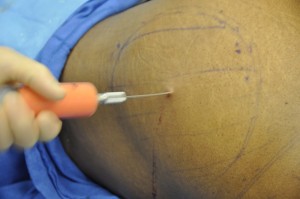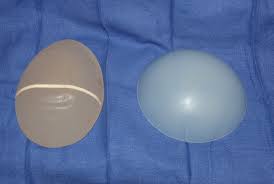While implants offer a permanent buttock augmentation effect, they are associated with a much longer recovery period. One must be very selective in choosing patients for implants while one can be a lot more lax about who opts for fat grafting. If there is an equivocal choice between fat or implants for buttock augmentation, I would always choose fat as it has fewer risks and complications. (aka the Brazilian Butt Lift) Fat grafting patients need liposuction to another part of their body to get the fat and get the added bonus of some body contouring effects from doing so. Recovery from fat grafting is also much shorter.


The key question with buttock implants which is not an issue with fat grafting, is the anatomic location of the augmentation. Fat injections are placed both into the muscle and on top of it. (subcutaneous) Buttock implants, however, must be placed into either one location or the other. While some surgeons may debate the advantages of one location over the other, there are some considerable differences between the two.
An intramuscular location offers a lower risk of complications but is surgically more difficult to do, has a longer recovery and is limited as to what size augmentation can be achieved. (usually no greater than 350ccs. A subfascial location (above the muscle) offers greater implant size insertions and less recovery but a greater risk of infection, seromas and implant visibility.
The popularity of buttock augmentation has not only led to more procedures being done but an evolving widespread experience with the techniques to do it. Fat grafting and implants offer a range of options that each patient must consider carefully and determine by proper education what is best for themselves and their buttock reshaping objectives.
Dr. Barry Eppley
Indianapolis, Indiana


